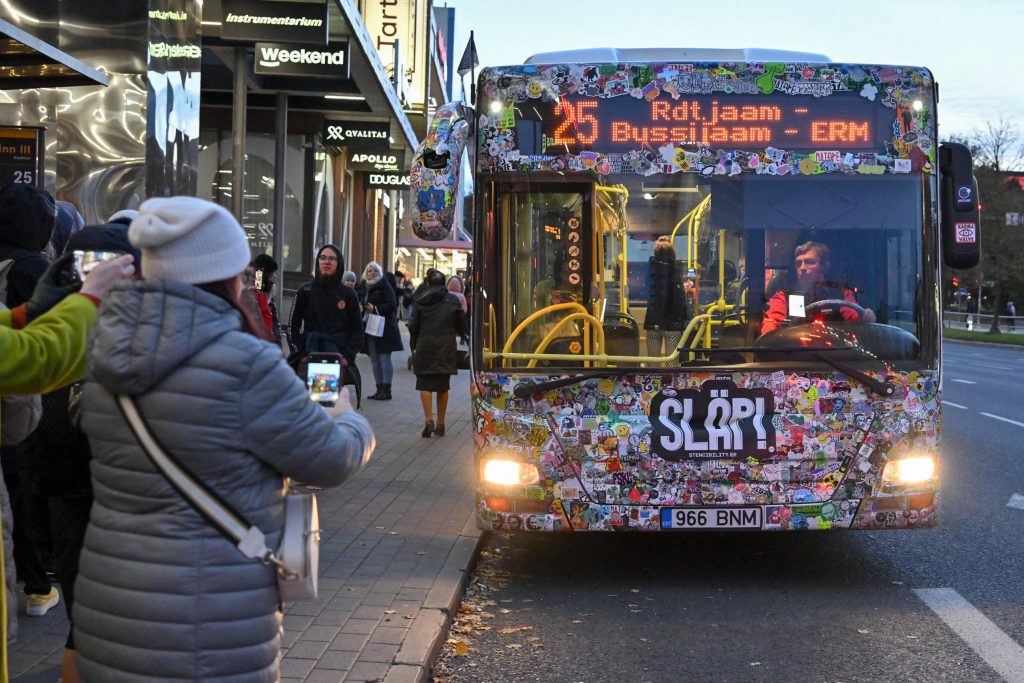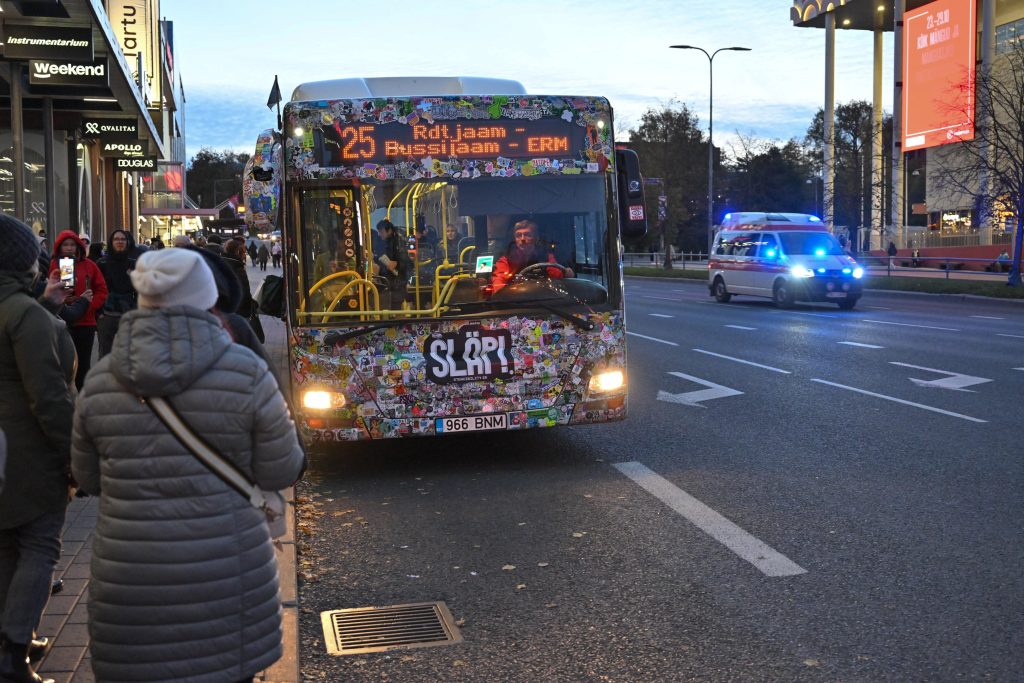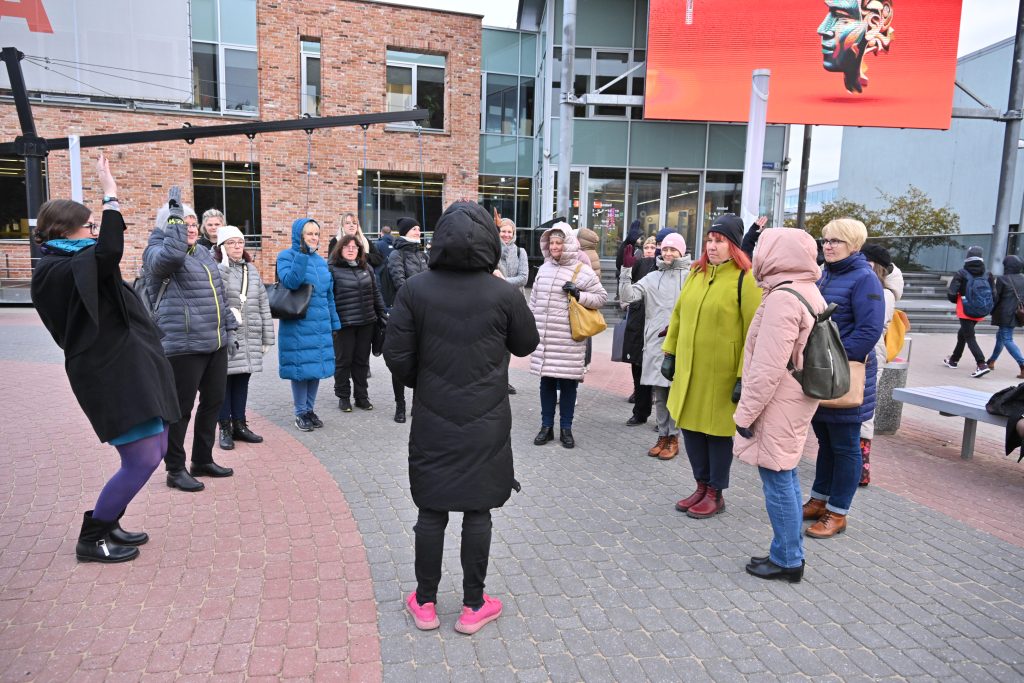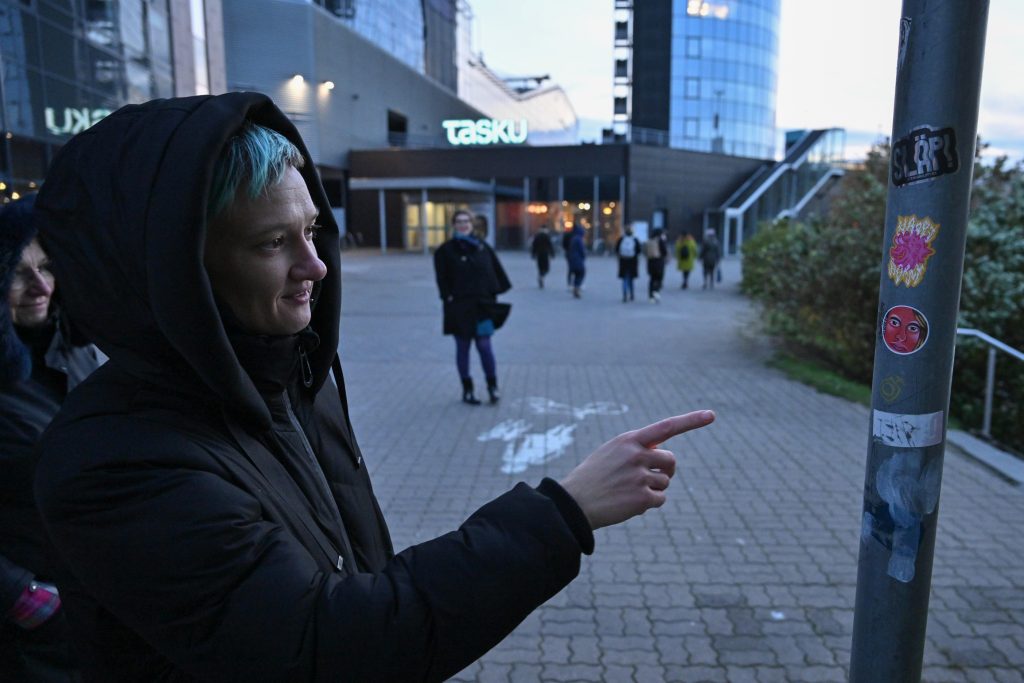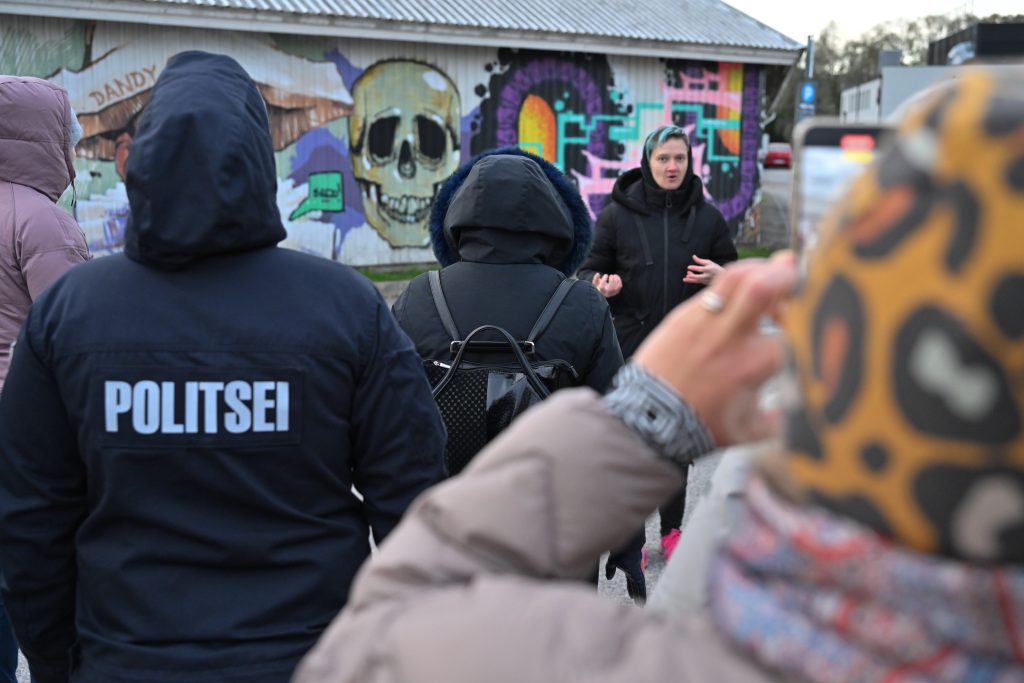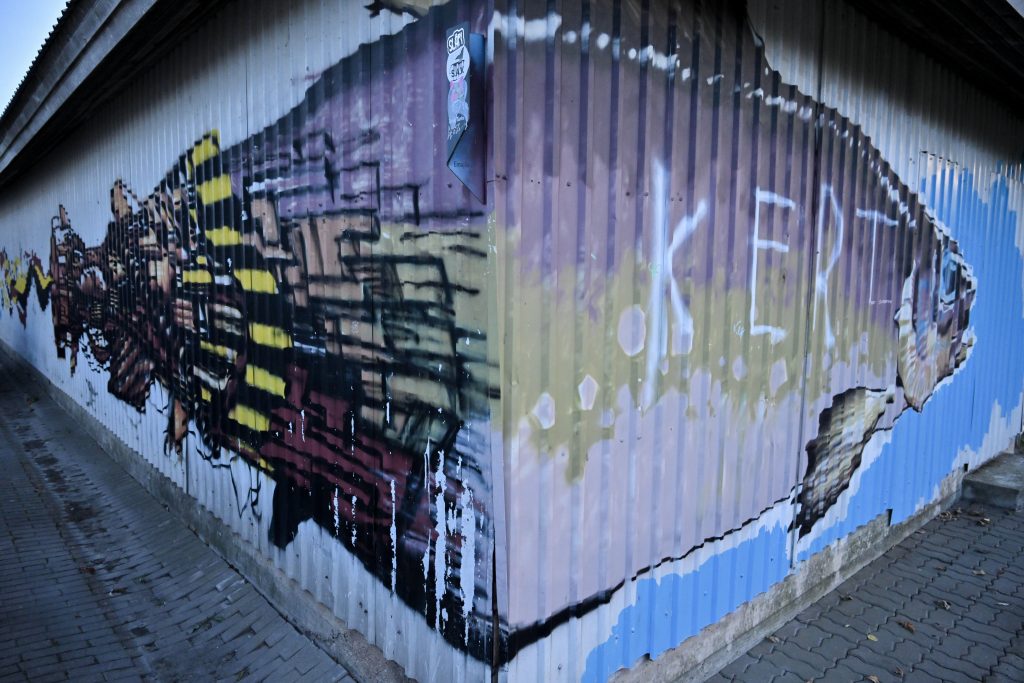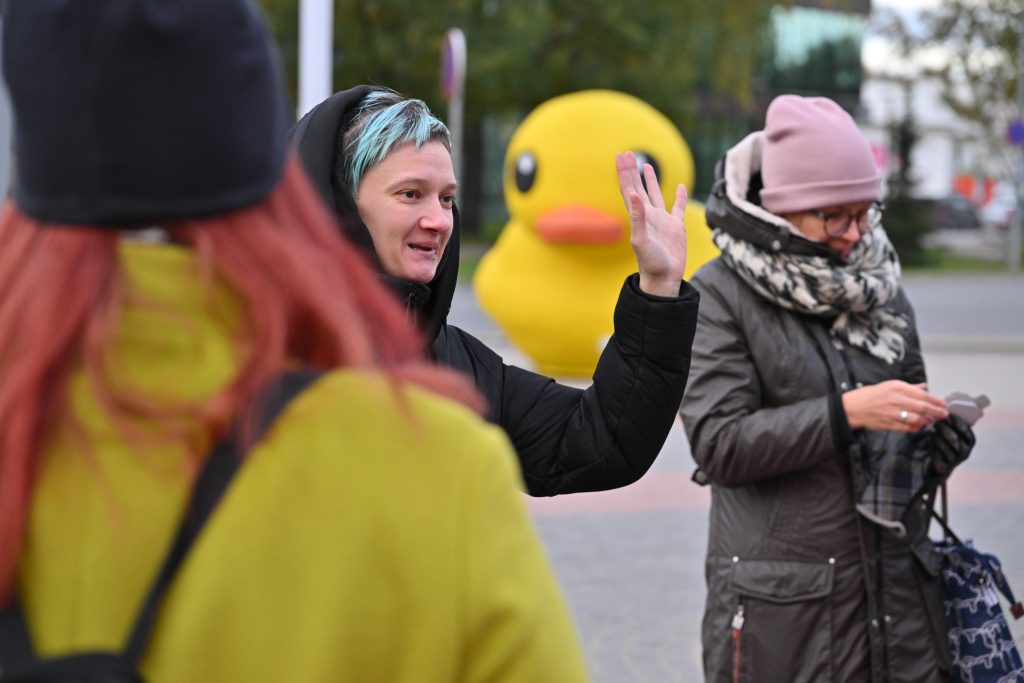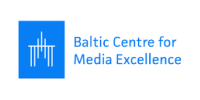Media Literacy Meets Street Art in Tartu
Street art provides a unique and engaging way to teach media literacy to children, as demonstrated in the context of Estonia’s annual media literacy conference by Sirla, chief of one of the most important street art festivals in the Baltics, and Maria Murumaa-Mengel, Associate Professor of Media Studies at the University of Tartu.
How street art can be effectively used in teaching media literacy
Street art is an accessible form of expression available in almost any urban environment. Its open and public nature allows everyone, regardless of age or background, to participate in the dialogue it initiates. This inclusivity can be leveraged in media lessons to demonstrate how different voices and perspectives contribute to a broader conversation, similar to the diverse sources and viewpoints presented in media.
Moreover, street art is an excellent starting point for discussing freedom of expression. Educators can guide children to explore and understand the concept of freedom of speech and expression by focusing on a specific piece of street art. This approach makes the concept tangible and relatable and encourages students to engage with the messages and meanings behind different artworks critically. In doing so, children can better grasp the complexities of media, where diverse opinions and expressions coexist and interact.
It was highlighted that street art and graffiti are not the same thing – street art is about enriching urban space, engaging audiences, and leaving a place better than before, unlike graffiti, which is often just about leaving your name on something. Discussing these differences can lead to meaningful conversations about ethics in media production and consumption, such as the contrasts between constructive journalism and sensationalism, discerning facts from opinions, and evaluating the credibility of various sources, ranging from TikTok content creators to national news journalists.
Street art’s creative and often interactive nature can inspire children to engage more deeply with the subject matter. Teachers can encourage students to create their street art-inspired projects, fostering a deeper understanding of media messages and the creative process behind them.
We also saw Tartu’s sticker bus, a joint creation of more than 500 artists! Next year, Tartu plans to host Europe’s most extensive sticker exhibition, with over 22,000 stickers to collect. This is a project done in collaboration with over 1000 artists. If you are an artist and do stickers, please support SLÄP! STICKER EXHIBITION by sending the team your stickers. More information.
Photos by Raigo Pajula.
Did you know?
A couple of years ago, a media literacy+street art project called ARTIFAKE, short for “Art Invades Fakes,” was organised in Ukraine! Check out the inspiring ARTIFAKE project here: https://artifake.org/en




